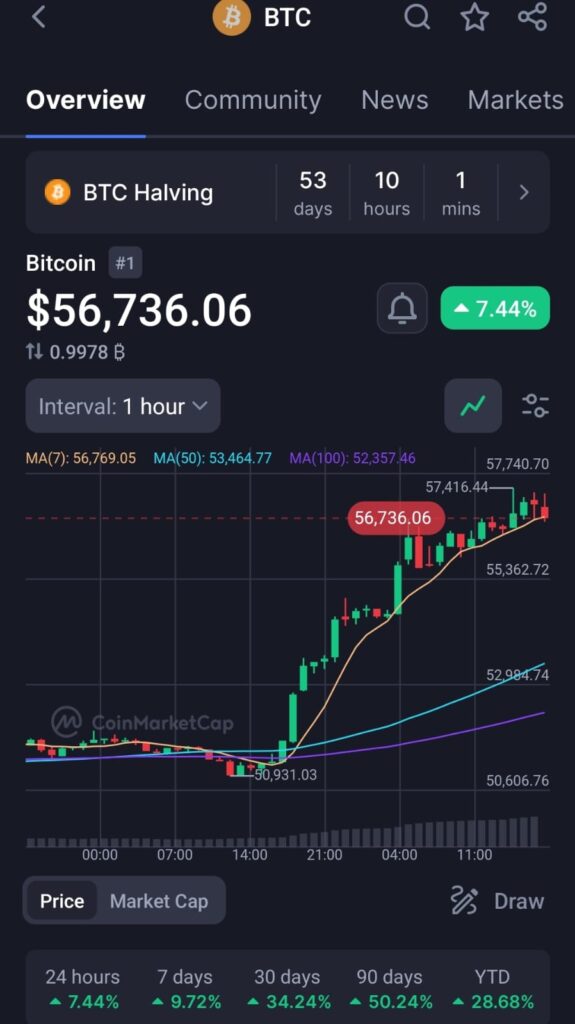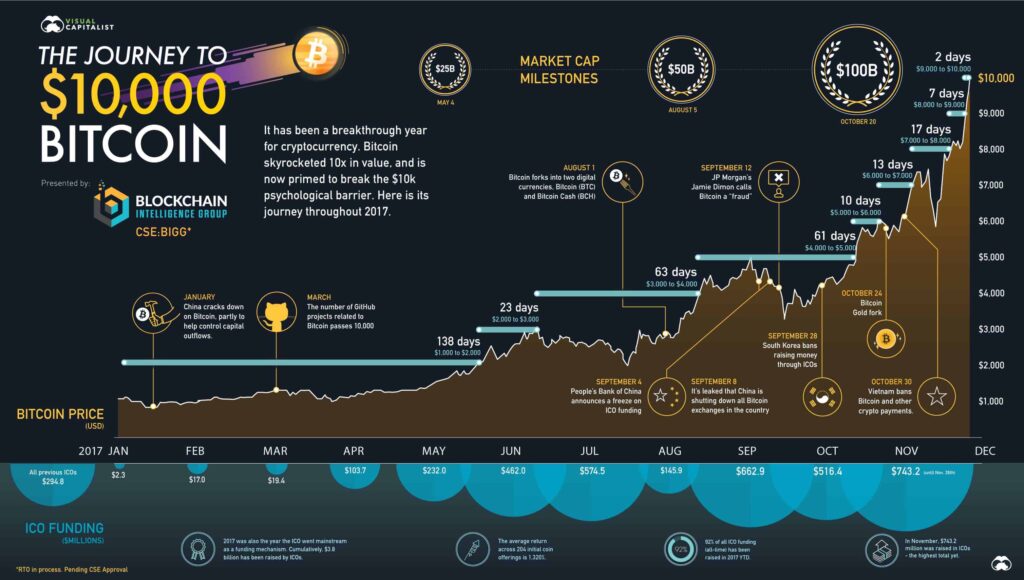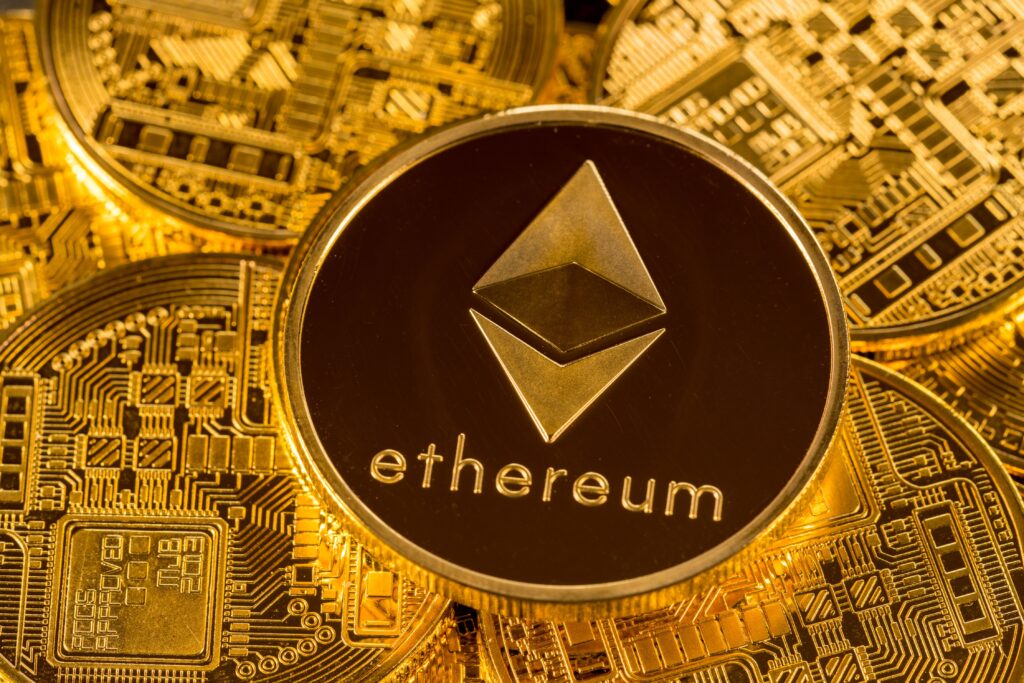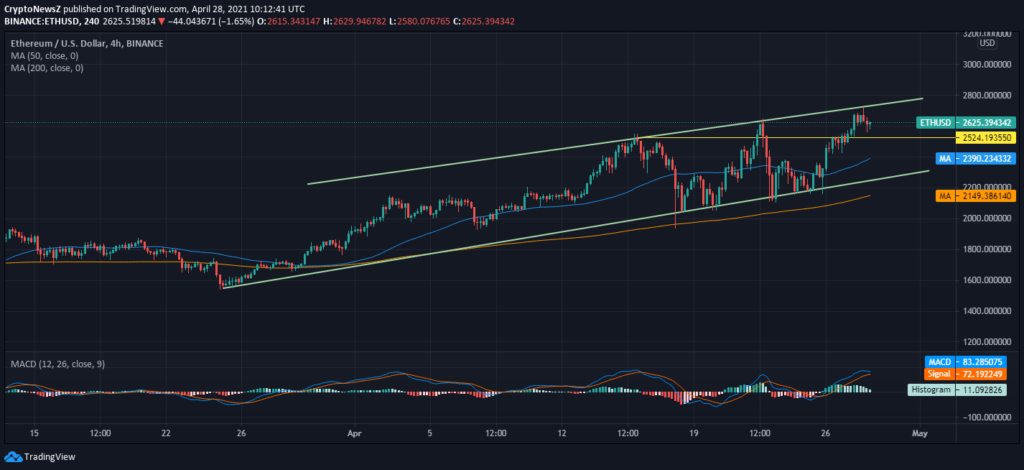CRYPTO CURRENCY MARKET NEWS AND PRICE OR HISTORY

DEFINITION OF CRYPATO CURRENCY:
Crypto is a digital currency. there don’t have any centralisation. It’s a decentralized currency.
Because the government can’t interfere. Also, any bank. Crypto works on blockchain. Its golden opportunity for the new generation. Cryptocurrency is a type of digital or virtual currency that uses cryptography for security and operates independently of a central bank. It is decentralized and typically utilizes a technology called blockchain to maintain a public ledger of all transactions. Unlike traditional currencies, cryptocurrencies are not issued by any government and their value is determined by market demand. Bitcoin, Ethereum, and Ripple are examples of popular cryptocurrencies.
CRYPTOCURRENCY QUESTION:
- WHY CRYPTO IS SAFE?
- COULD IT BE THE CURRENCY OF THE FUTURE?
- HOW ITS WORKE?
- HOW IS IT TRANSFERRED?
CRYPTOCURRENCY ABOUT TRANSFER:

A new currency is being introduced in the world. This name is crypto currency. This currency will connect the whole world.Becouse there don’t have Aney kind of brayer. Any person can transfer from anywhere. It has also Lote of benefit.
- IT’S ELECTRONIC CURRENCY
- IT’S EASY TO SEND AND RECEIVE
- YOU CAN ACCESS FROM ANY CONTRY
- IT DON’T HAVE TOO MUCH TRANSFER FEES
- IT DON’T HAVE ANY TAX FOR GOBERNMENT
DEFINITION OF BLOCKCHAN:
The Blockchain is most safe transaction system. And which a record of transaction. And especially those made in a cryptocurrency, maintained across computers that are linked in a peer-to-peer network.
1. What is blockchain technology and how does it work?
2. What are the main features of a blockchain network?
3. How does blockchain ensure security and transparency in transactions?
4. What are some real-world applications of blockchain technology beyond cryptocurrencies?
5. What are the potential challenges and limitations of blockchain adoption in various industries?

NAME OF ALL BLOCKCHAIN:
blockchain names would be impractical due to the sheer number of them, as well as the constant creation of new ones. However, I can mention some of the most well-known ones:
1. Bitcoin
2. Ethereum
3. Binance Smart Chain
4. Solana
5. Cardano
6. Polkadot
7. Ripple (XRP Ledger)
8. Litecoin
9. Stellar
10. Chainlink
These are just a few examples, and there are many more blockchains serving different purposes and communities.
BTC NEWS PRICE:

ABOUT BITCOINE
Bitcoin is the first decentralized cryptocurrency. Nodes in the peer-to-peer bitcoin network verify transactions through cryptography and record them in a public distributed ledger, called a blockchain, without central oversight. Consensus between nodes is achieved using a computationally intensive process based on proof of work, called mining, that requires increasing quantities of electricity and guarantees the security of the bitcoin blockchain. Based on a free market ideology, bitcoin was invented in 2008 by Satoshi Nakamoto, an unknown person. Use of bitcoin as a currency began in 2009, with the release of its open-source implementation. In 2021, El Salvador adopted it as legal tender. Bitcoin is currently used more as a store of value and less as a medium of exchange or unit of account. It is mostly seen as an investment and has been described by many scholars as an economic bubble. As bitcoin is pseudonymous, its use by criminals has attracted the attention of regulators, leading to its ban by several countries as of 2021
TODAY BTC PRICE MORETHAN 56,738.06 USDT$

HISTORY OF BITCOIN:
Bitcoin, the first cryptocurrency, has a fascinating history. Let’s delve into its origins and development:
Invention and Implementation:
- Bitcoin was invented and implemented by an individual or group using the pseudonym Satoshi Nakamoto.
- Nakamoto integrated existing ideas from the cryptography community to create Bitcoin.
- Originally designed as a medium of exchange, Bitcoin is now primarily regarded as a store of value.
Pre-Bitcoin Digital Cash Technologies:
- Before Bitcoin, there were other digital cash technologies.
- Notable examples include ecash protocols by David Chaum and Stefan Brands.
- Cryptographers like Adam Back also contributed with concepts like hashcash for spam control.
Birth of Bitcoin:
- On October 31, 2008, Nakamoto published a white paper titled “Bitcoin: A Peer-to-Peer Electronic Cash System.”
- This paper outlined a system for electronic transactions without relying on trust.
- On January 3, 2009, Nakamoto mined the genesis block of Bitcoin (block number 0), which had a reward of 50 bitcoins.
- The genesis block contained the text: “The Times 03/Jan/2009 Chancellor on brink of second bailout for banks,” referencing a headline from The Times.
Open Source Release:
- The first open-source Bitcoin client was released on January 9, 2009, hosted at SourceForge.
- Programmer Hal Finney was one of the first supporters and receivers of the first Bitcoin transaction.
Rapid Growth and Acceptance:
- Over time, Bitcoin gained acceptance as a store of value both online and offline.
- From the mid-2010s, some businesses began accepting Bitcoin alongside traditional currencies.
Bitcoin’s journey from its inception to its current status as a global phenomenon has been remarkable. Its impact on the world of finance and technology continues to evolve. 🚀🌟

ETHEREUM CRYPTOCURRENCY MARKET NEWAS AND PRICE OR HISTORY:
For the latest news on Ethereum and its cryptocurrency market, you can check various financial news websites, cryptocurrency-focused media outlets, and social media platforms where discussions about Ethereum are often active. Some popular sources for cryptocurrency news include:
1. CoinDesk
2. CoinTelegraph
3. CryptoSlate
4. Decrypt
5. The Block
6. Twitter (following reputable cryptocurrency analysts and news accounts)
These sources typically cover a range of topics including price movements, technology updates, regulatory developments, and community events related to Ethereum and other cryptocurrencies.
NEWS OF ETHEREM
Ethereum 2.0 Progress: Updates on the development of Ethereum 2.0, the planned upgrade to Ethereum’s network that aims to improve scalability and security through the implementation of a proof-of-stake consensus mechanism.
DeFi Growth: Continued growth and innovation in the decentralized finance (DeFi) sector, which is largely built on the Ethereum blockchain. This includes new DeFi projects, platforms, and protocols, as well as the total value locked (TVL) in DeFi smart contracts.
EIP-1559 Implementation: The implementation of Ethereum Improvement Proposal (EIP) 1559, which aims to reform Ethereum’s fee market by introducing a base fee that is burned, potentially making ETH a deflationary asset.
Institutional Adoption: Increased interest and investment from institutional players in Ethereum, including purchases of ETH by hedge funds, investment firms, and corporations, as well as the launch of Ethereum-focused investment products such as exchange-traded funds (ETFs).
Regulatory Developments: Ongoing regulatory discussions and developments related to Ethereum and cryptocurrencies in general, including potential regulations on stablecoins, decentralized exchanges (DEXs), and other aspects of the crypto ecosystem.

HISTORY OF ETHEREM:
- The history of Ethereum dates back to its conceptualization in late 2013 by programmer Vitalik Buterin, who published the Ethereum whitepaper in November 2013. The goal was to create a decentralized platform that could enable the development of smart contracts and decentralized applications (DApps).
- Here’s a brief timeline of significant events in Ethereum’s history:
- 1. **2014 – Crowdfunding and Development:** Ethereum conducted a crowdfunding campaign in July and August 2014, raising over $18 million. Development work began thereafter.
- 2. **2015 – Frontier Launch:** Ethereum’s initial live release, known as “Frontier,” was launched on July 30, 2015. This marked the beginning of the Ethereum blockchain’s operation and allowed developers to start building decentralized applications.
- 3. **2016 – Homestead and DAO:** The Ethereum network underwent its first major upgrade, called “Homestead,” in March 2016, aimed at improving stability and security. However, later that year, the Decentralized Autonomous Organization (DAO) was launched, which raised a significant amount of funds but suffered a critical exploit, leading to a contentious hard fork to recover the lost funds. Ethereum Classic (ETC) emerged as a result of this fork.

- 4. **2017 – Enterprise Ethereum Alliance and ICO Boom:** The Enterprise Ethereum Alliance (EEA) was formed in February 2017, consisting of various organizations interested in leveraging Ethereum for enterprise use cases. This year also saw an explosion in Initial Coin Offerings (ICOs) and token sales, many of which were built on the Ethereum platform, leading to increased adoption and speculation.
- 5. **2018 – Constantinople and Bear Market:** Ethereum underwent several network upgrades, including “Constantinople,” aimed at improving scalability and efficiency. However, 2018 also marked the start of a prolonged bear market in the cryptocurrency space, leading to a significant decrease in Ethereum’s price and market sentiment.
- 6. **2019 – Ethereum 2.0 Roadmap:** Ethereum developers unveiled the Ethereum 2.0 roadmap, which outlined plans to transition the network from a proof-of-work to a proof-of-stake consensus mechanism, among other improvements aimed at scalability and sustainability.
- 7. **2020 – Beacon Chain Launch:** The Beacon Chain, the first phase of Ethereum 2.0, was launched in December 2020, introducing proof-of-stake consensus to the Ethereum network and laying the groundwork for future upgrades.
- 8. **2021 – DeFi Boom and EIP-1559:** Ethereum experienced a surge in decentralized finance (DeFi) activity, with the total value locked (TVL) in DeFi protocols reaching new highs. Additionally, Ethereum Improvement Proposal (EIP) 1559 was implemented in August 2021, aiming to address issues related to transaction fees and Ethereum’s monetary policy.
- Throughout its history, Ethereum has played a central role in shaping the cryptocurrency and blockchain industry, fostering innovation in smart contracts, decentralized applications, and blockchain technology as a whole.
